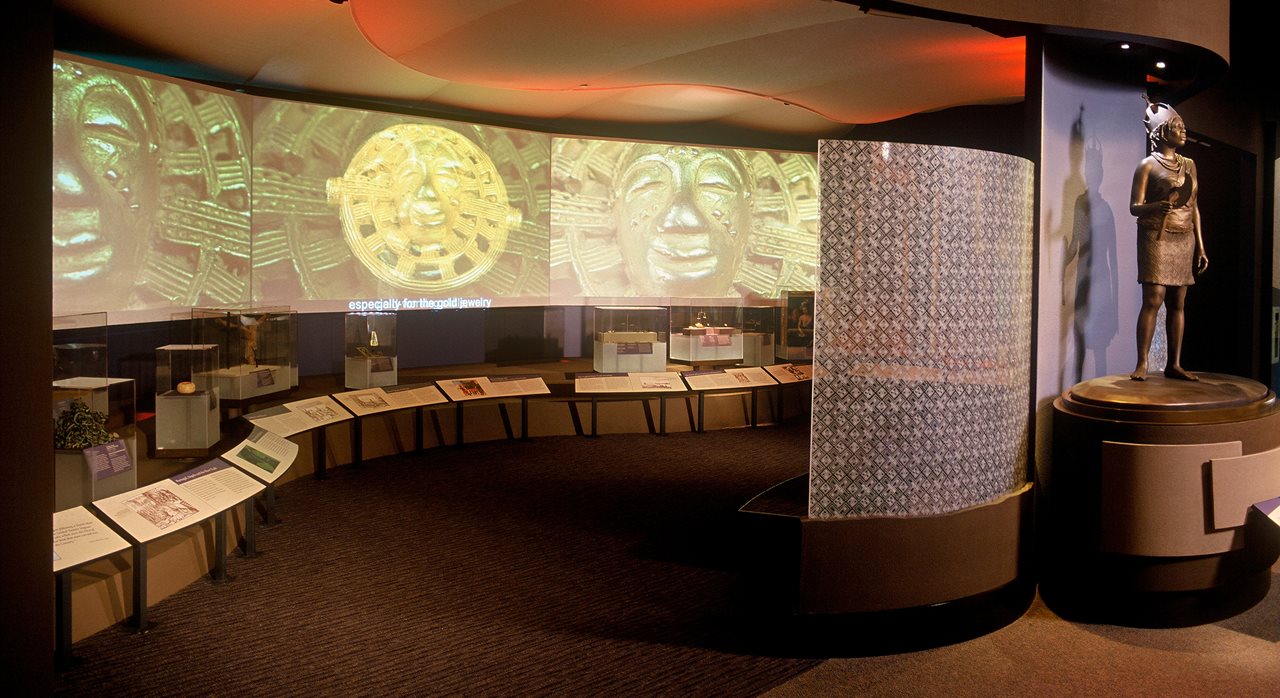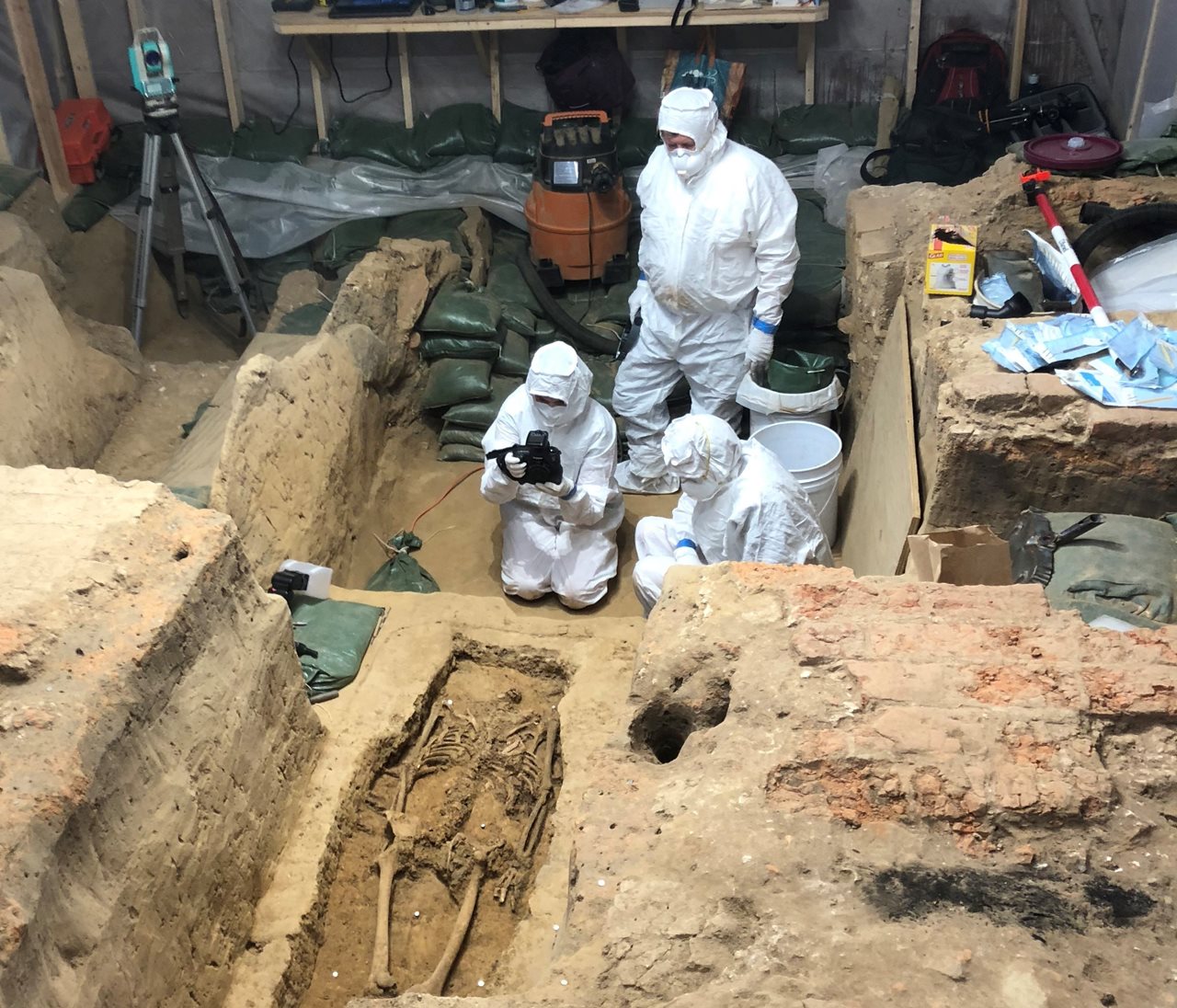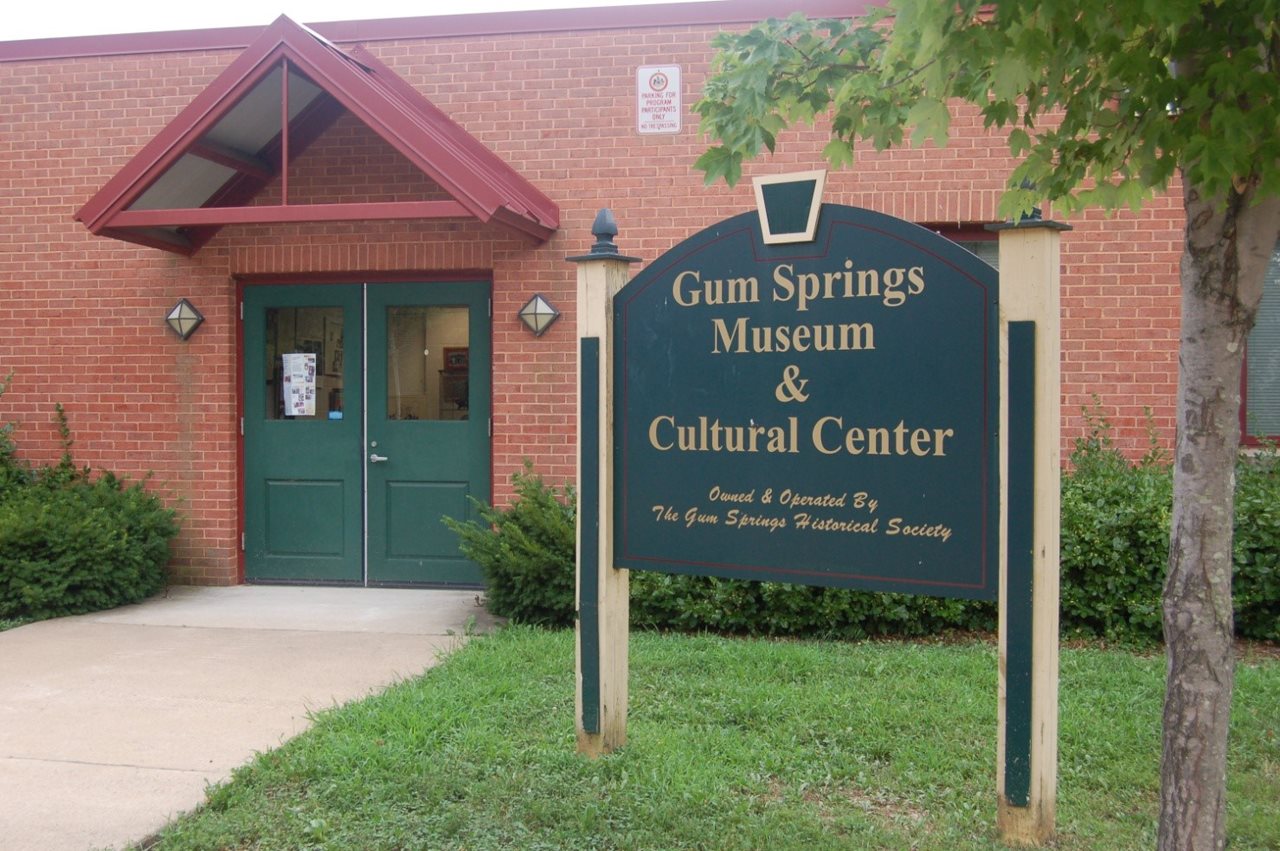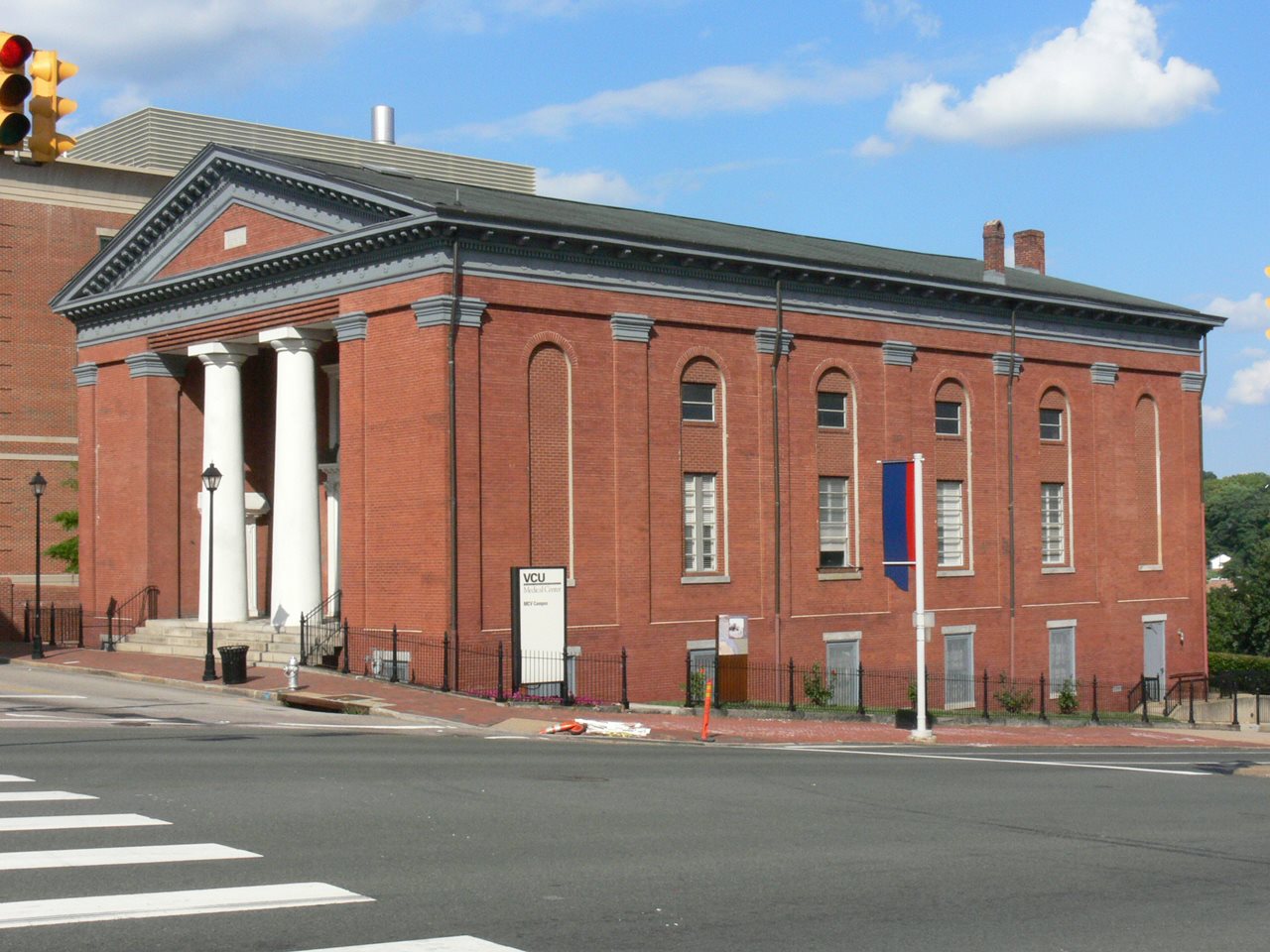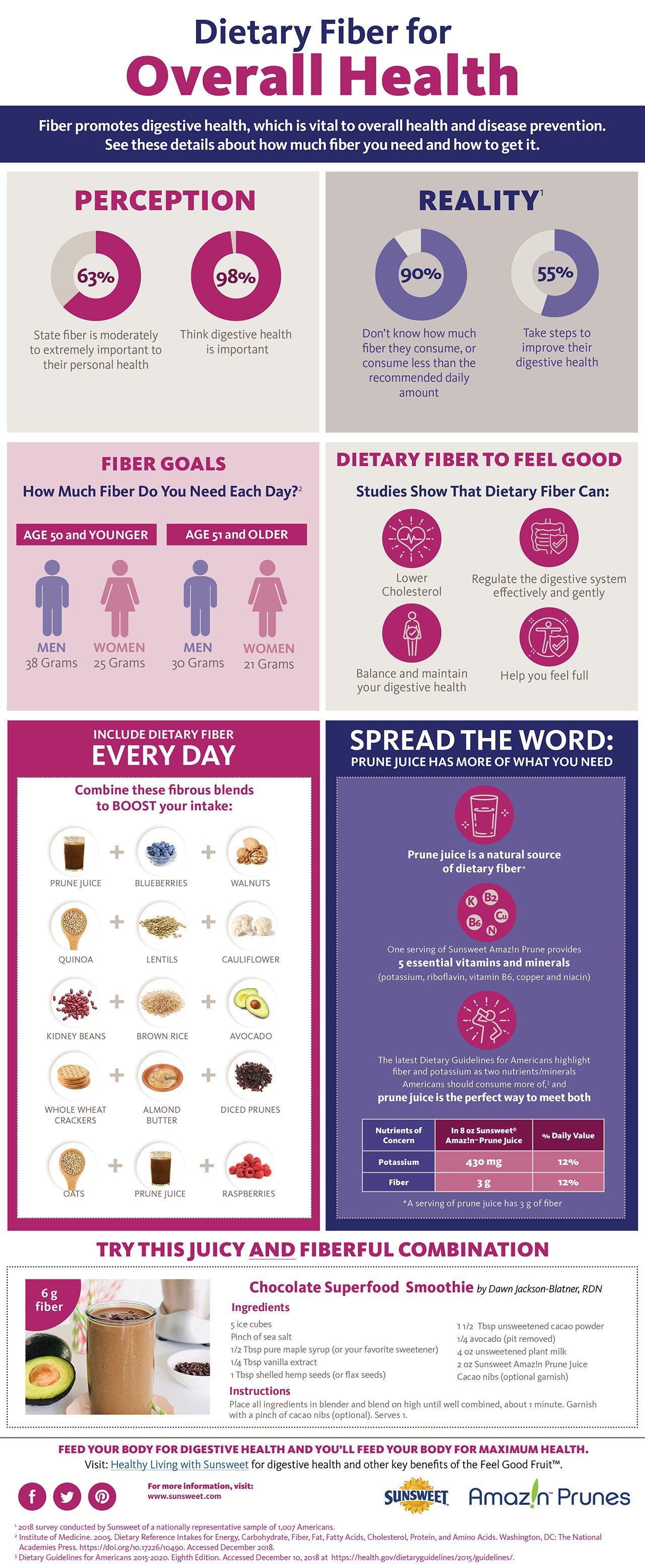2019-01-31T07:25:00
(BPT) – While the American Cancer Society recently reported a 27 percent decline in the rate of cancer deaths between 1991 and 2016, over 1.7 million new cancer cases were diagnosed in the U.S. last year alone, according to the National Cancer Institute. Although cancer will not be eradicated any time soon, new treatment options are helping patients today and will continue to do so. Here are seven predictions on the future of cancer care from leading experts at Cancer Treatment Centers of America (CTCA):
1. Technology will improve patient/physician interaction

“The patient/physician relationship in oncology will be strengthened by technological advances in data sharing, artificial intelligence and wearable devices,” says Pamela Crilley, DO, Chair, Department of Medical Oncology. Improvements in monitoring devices will be a game-changer for caregivers, for example, allowing them to share information more easily from their homes.
2. A better understanding of the immune system will lead to new cancer treatments
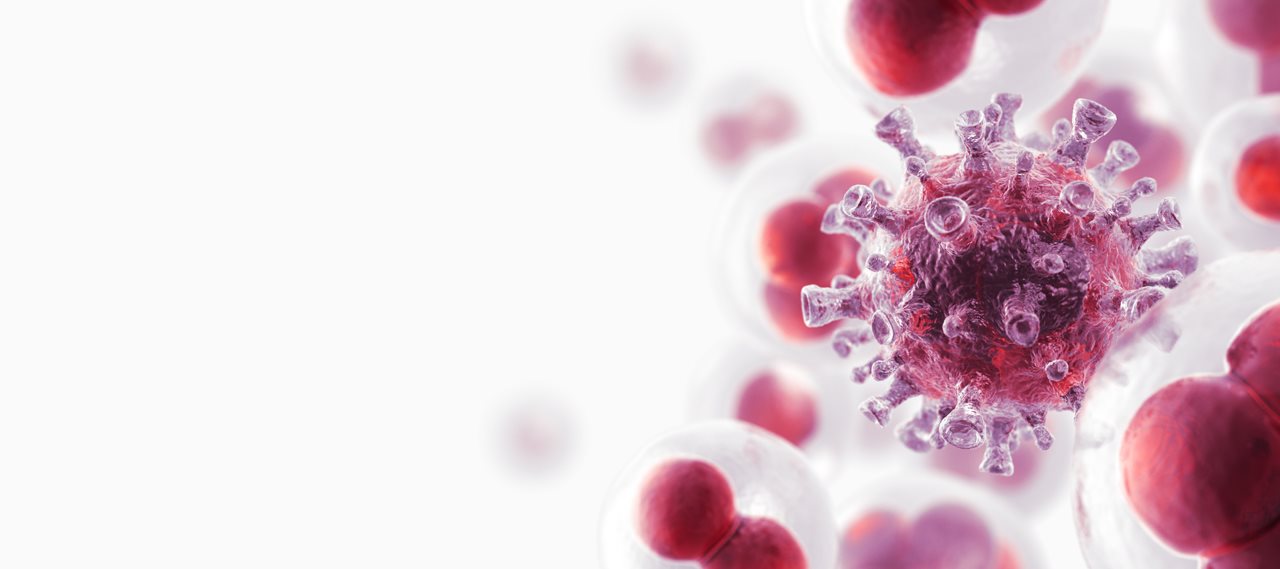
“While aging certainly increases the risk of developing cancer, some people’s immune systems are helping them remain cancer free for years. What is it about their systems that wards off cancer for decades?” asks Maurie Markman, MD, President of Medicine & Science. This question and observation are paving the way for future discoveries.
3. Precision medicine will continue to evolve

“We are at the tip of the iceberg of precision medicine,” says Ankur Parikh, DO, Medical Director, Precision Medicine. “As we collect genomic profile data on our patients, we should be able to identify specific populations that will respond better to various therapies, some of which may utilize the immune system.”
4. As cancer becomes more treatable, it will be handled like a chronic condition

“I predict that cancer will be considered a manageable, chronic disease like diabetes,” says Katherine Anderson, ND, FABNO, Chief, Division of Naturopathic Medicine. Along with greater longer-term survival, there will be more options to manage symptoms.
5. Nurses will become primary for patient care

“Nurses will be viewed as experts in cancer care and the main conduit of information between the medical team, the patient and their family,” says Fran Paschall, MBA, DNP, RN, CENP, Chief Nurse Executive. “They will become true partners with the patient and family on their cancer journey.”
6. Lifestyle issues will become even more central to cancer care

“More people will demand programs to help with early detection, prevention and enhancing quality of life when facing a cancer diagnosis. Lifestyle will be addressed as part of standard of cancer care,” predicts Carolyn Lammersfeld, MBA, MS, RD, CSO, LD, Vice President, Integrative Medicine.
7. The future of cancer care will rely on technological wonders

“Microscopic robots (nanobots) and ‘big data’ may be used to detect and analyze cancers in the future,” predicts Arturo Loaiza-Bonilla, MD, Vice Chair, Department of Medical Oncology. From there, Dr. Bonilla foresees a personalized pharmacy database that will instantly assess patients’ genomic information along with possible drug interactions.”
The experts at Cancer Treatment Centers of America are committed to delivering innovative diagnostic and treatment options whenever possible. Learn more at cancercenter.com.



